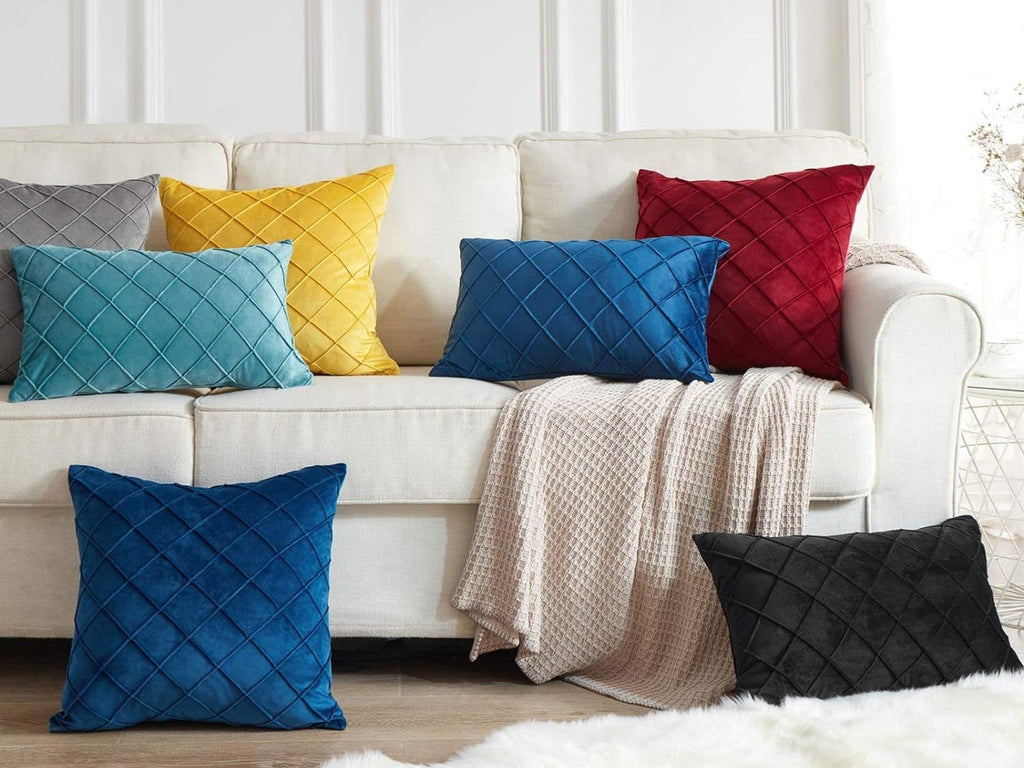The Secrets of Color: A Historical and Cultural Journey Through Textile
From time immemorial, color has been a captivating force for humanity, telling stories, expressing emotions, and defining identities. In the world of textiles, color is not just an aesthetic matter; it is a masterpiece of creation, an ancient technology that has evolved over thousands of years, and a symbol of culture, status, and even religious beliefs. Join us on a fascinating journey into the depths of color in fabrics, from the oldest hues to modern innovation.
Colorful Beginnings: Nature as a Color Palette
The history of color in textiles is deeply intertwined with the history of nature. Early humans learned to extract rich hues from plants, insects, minerals, and earth. Bold red came from madder root or cochineal insects, deep blue from indigo, and vibrant yellow from turmeric or onion skins. These processes, which involved soaking, boiling, and fixing the color with mordants like wood ash or alum, were closely guarded secrets passed down through generations. These shades, obtained from natural fibers, told the story of their origins.
Various cultures developed unique techniques and exclusive colors. The royal purple of the Phoenicians, for instance, was extracted from rare sea snails and was so expensive that only royalty could afford it. In China, complex silk dyeing techniques created fabrics of unparalleled luster and color, making silk a symbol of wealth and power.

The Color Revolution: From Synthetics to Innovation
The 19th century brought a true revolution in dyeing with the invention of synthetic aniline dyes. These lab-produced colors were cheaper, easier to apply, and offered an almost limitless range of shades. This allowed for the mass production of colorful fabrics, making vibrant fashion accessible to all social strata. The emergence of synthetic fibers like polyester and nylon in the 20th century further expanded possibilities, as they could absorb color more deeply and durably.
Today, the world of color continues to evolve. Beyond durable and bright colors, there is a growing emphasis on sustainable dyeing. New technologies aim to reduce water usage and harmful chemicals, while developing eco-friendly dyes from renewable sources or even waste products. The choice of eco-friendly fabrics and sustainable dyeing processes is no longer just a trend, but a necessity.
Cultural and Psychological Impact of Color
Beyond the technological aspect, colors have a profound impact on our perception and on human culture. Red can symbolize love or danger, blue tranquility or sadness, green nature or envy. In many cultures, certain colors are reserved for specific events – white for weddings or mourning, black for mourning, red for good luck and celebrations. In textiles, the color of the fabric we choose to wear or for home decor, such as bedding sets in various shades, often reflects our personality, mood, and the message we wish to convey to our surroundings.
Color in textiles is a rich and complex language, combining science, art, and culture. It is a story of human innovation, the pursuit of beauty, and how simple materials from nature become something that enriches our lives and gives them meaning.
The next time you look at a colorful fabric, remember the long journey it has taken, from the oldest colors to modern technologies, and the stories it carries.




